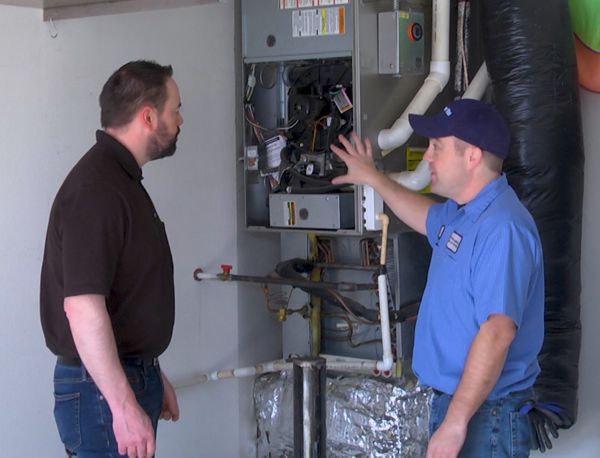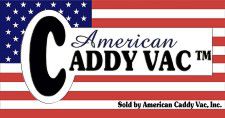 There’s a lot of talk about indoor air quality these days, and more and more households are exploring options for HVAC system cleaning. While it may feel like no cost is too high for cleaner, healthier air, the reality is that budget-conscious families want to get the best bang for their buck. While air duct cleaning isn’t cheap (when it’s done right), it also won’t break the bank.
There’s a lot of talk about indoor air quality these days, and more and more households are exploring options for HVAC system cleaning. While it may feel like no cost is too high for cleaner, healthier air, the reality is that budget-conscious families want to get the best bang for their buck. While air duct cleaning isn’t cheap (when it’s done right), it also won’t break the bank.
According to the U.S. Environmental Protection Agency (EPA), duct cleaning services typically – but not always – range in cost from $450 to $1,000 for each heating and cooling system. Naturally, several factors influence cost, like the type of ductwork in the home, the size of the HVAC system, accessibility to the system, the number of technicians needed to do the job, level of contamination, climate, and other environmental factors.
The amount of time it takes to clean the HVAC system in a home depends on many of the same variables listed above. For instance, air duct cleaning for a 10,000-square-foot home with three HVAC systems will cost quite a bit more than a 2,000 square-foot home with a single unit.
While air duct cleaning is not a “one-size-fits-all” service, in the long run, homeowners can recoup some of the cost with lower utility bills!
Having your home’s air ducts thoroughly cleaned helps the system run more efficiently by removing debris from sensitive mechanical components. Plus, clean systems typically have a longer lifespan and operate more effectively than dirty systems, also leading to lower utility bills.
According to the U.S. Department of Energy, families can cut their energy bill by as much as 20% or 30% by simply doing proper HVAC system maintenance, including air duct cleaning. Servicing your furnace and air conditioning unit regularly (and also replacing filters each month) can go a long way toward maintaining the unit for optimal energy efficiency.
Buyers beware, just like other products and services, cheaper is rarely better when it comes to air duct cleaning. Even the best bargain hunters know there are some instances when you can skimp, but other times it’s worth the investment.
When all those flyers appear in your mailbox for air duct cleaning deals that seem too good to be true? Well, they probably are! When tempted with great savings and a chance to mark off one of those daunting tasks on your to-do list, it’s easy to jump at what seems like a great bargain. But before diving in, take a pause and ask yourself if the deal is going to save you money, or possibly cost you more in the long run.
Let’s be frank. When it comes to the home improvement and repair industry, most contractors out there are honest and fair. But like any industry, air duct cleaning is not immune to scammers and con artists looking to take advantage of unsuspecting homeowners. In fact, the industry is plagued with fraudulent service providers eager to cheat homeowners.
When it comes to air duct cleaning specifically, homeowners should beware of “blow-and-go” companies that often hook unsuspecting homeowners with bargain-basement prices. They then do an inferior job, only cleaning what the homeowner can see, and leaving dirt and contaminants deep within the system.
Deceitful contractors also up-sell add-on services, persuading the homeowner to pay for unneeded services. For instance, they may falsely lead homeowners to believe they have mold or other toxic substances in their HVAC systems, or use scare tactics to convince a homeowner that urgent repairs are necessary.
We all want our families to breathe clean, healthy air, right? But cleaning your home’s air ducts isn’t something you should ever attempt on your own. It’s a complex process that requires advanced knowledge of HVAC systems, as well as specialized tools.
When you’re ready to tackle those air ducts, make sure you choose a qualified contractor to ensure the job is done right – one who is certified for the task. NADCA members have technicians on staff with advanced training and certification in HVAC system cleaning, and follow a higher standard when it comes to customer service.
(Reprinted with permission from NADCA.com)
